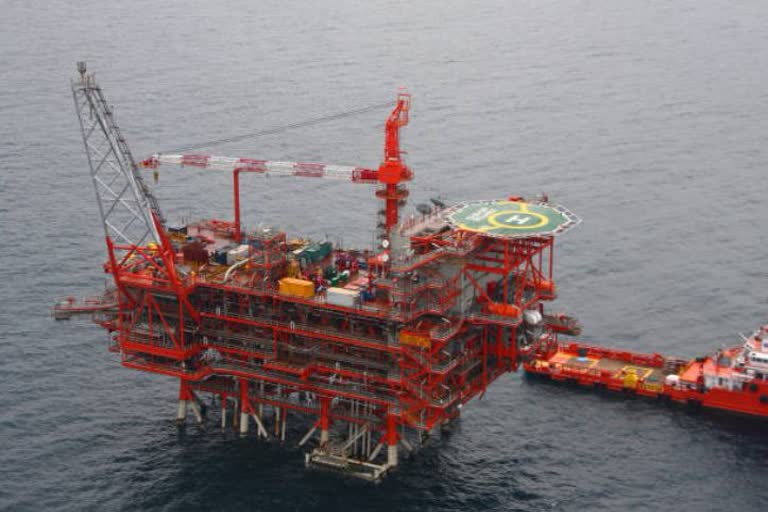New Delhi: D1/D3 gas field, India's first deepwater gas field, ceased to produce on Monday after a USD 1 billion investment and mammoth technological intervention by Reliance Industries and its partner BP Plc of UK extended the life of dwindling fields by four years.
In a late evening statement, Reliance-BP confirmed that it has completed the safe cessation of production in a planned manner from D1/D3 field.
"The RIL-BP joint venture has successfully worked to extend the life of production from the D1/D3 Field which otherwise would have ceased production in 2015 due to issues of reservoir pressure and water ingress. Through innovation and application of 'first-of-their-kind solutions, the field's life was extended for almost five years, to February 2020, maximizing the recovery from the field," it said.
The first-gas from new fields in the block is expected in mid-2020, it added.
D1/D3 field, in Block KG D6 (KG-DWN-98/3) located in the Bay of Bengal, was India's first deepwater gas field to be put on production in April 2009. Output, which peaked at over 61 million standard cubic meters per day in 2010, had been on a decline as sand and water ingress forced wells to shut down one after the other.
While at the peak, it was India's biggest gas field, in the last quarter D1/D3 produced an average of just 1.5 mmscmd.
Sources said only three out of the 18 wells drilled on the fields had remained on production and they too died on Monday.
In perhaps one of its kind intervention in a deepsea field, Reliance-BP through use of a combination of complex techniques kept the wells flowing at Dhirubhai-1 and 3 (D1&D3) fields for the last four years.
Reliance had to date made 19 oil and gas discoveries in the Krishna Godavari basin. Of these, D26 or MA -- the only oil discovery in the block -- was the first field to began production in September 2008. D1 and D3 fields went onstream in April 2009.
Read more:Buyers of Air India, BPCL not to get free hand to shed excess staff: DIPAM secretary
MA field cessation expected by September 2018, the sources said, adding the field at its peak had produced 1,08,418 tonnes of oil in May 2010.
